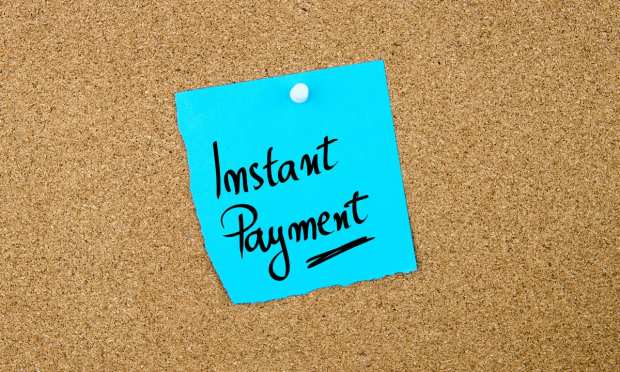Payer Acceptance Of Consumer Choice Gives Instant Payments A Positive Outlook For 2021

We’re ticking down toward the end of a year that defies adjectives at this point. In the financial services space, there have been pandemic-fueled developments as well as dramatic business model accelerations. And as the dust settles and the 2021 predictions are rolling in, Ingo Money CEO Drew Edwards told Karen Webster that after the powerful boost instant payments got this year, 2021 is looking like the year they will evolve into their 2.0 iteration.
“It’s now into second-gen products with real adoption, and the market’s beginning to take it seriously in a broader sense,” he said. “And at the end of the year, the data says everybody wants three things: certainty, speed and choice.”
Instant payments, he said, aren’t the genuine article unless all three are available — and he predicts that 2021 will be the year that the entire economy starts to adopt them.
Making The Jump To Instant And Digital
Given the choice, Edwards said, the data demonstrates over and over again that what people want, nearly all of the time, is a digital payment. More than 90 percent of consumers will ask for one — and of that 90+ percent, roughly 80 percent will pick an instant payment if offered the option.
The digital era of commerce has habituated us to this option, he said, using Amazon as an example. Consumers choose Amazon so frequently because they know they can order their goods, pay how they want and most likely get their products delivered to their doorstep the next day. And all of this can be achieved in a 45-second window while watching a movie on the couch. The year 2020 has only accelerated that, Edwards said.
And the banks and smokestack economy are finally catching on to this as being mission-critical to their business, he noted. That has not always been the case.
“When the smokestack economy implemented early trials, it was often somebody in a call center asking for a debit card number over a telephone,” said Edwards. “And they weren’t even running the transaction right away. So you gave them your debit card and you’re looking for your money and it doesn’t show up. Then you have to call back.”
That’s not instant. Instant is when the consumer can see the funds in their bank account when they hang up — or even better, complete a digital engagement. That way, they don’t have to make a sticky note to check back in a day or so to see if they have the money.
And in 2020, treasury banks are getting on board, partnering with FinTechs who’ve won the hearts of large smokestack corporate firms, and catching on to the idea that instant disbursements 2.0 is an urgent need to meet increasingly surging demand.
“New use cases are arising,” Edwards said. “We’re getting a lot of demand all of a sudden from places we weren’t expecting, like the incentive world where consumers weren’t given choices in the past, beyond ‘here’s your $250 prepaid gift card.’ We’re also seeing it move internationally. We’ve now had our third request in the last six weeks to take our platform into other countries,” and Ingo plans to do so in 2021.
An Evolving Landscape
It wasn’t long ago, after failing to sell banks on the beauty of instant payments — and frequently being brushed off by executives who didn’t see instant disbursements as anything beyond a highly niche case — that Edwards was actually more worried about their future than his.
“I was thinking these banks were going to die because they couldn’t get out of their own way,” Edwards recalls.
But time and better experience with big treasury banks focused on enabling instant disbursements, has changed his mind. The big banks may have been slow, but on the whole, Edwards thinks they win the day over the rising tide of FinTech neobank challengers coming to disrupt them if they partner with FinTech platforms to compete.
What we know is that the large corporates need the sophisticated treasury services that a large bank can provide, but they also want the modern digital customer experiences that a FinTech can provide and they want it in partnership with their bank.
Banks still have work to do when it comes to leaving their legacy batch systems behind in favor of the digital technology that consumers are currently requesting and will soon start demanding.
“The first time I got out of an Uber without having to take out my wallet to pay, I thought, ‘This is the way it should have always been,’” Edwards said. “And that’s what’s happening with disbursements now — people are getting their money” — 24/7, on-demand and in minutes, where they want it. And, he said, they’re “realizing this is how their payments should have always been.”
